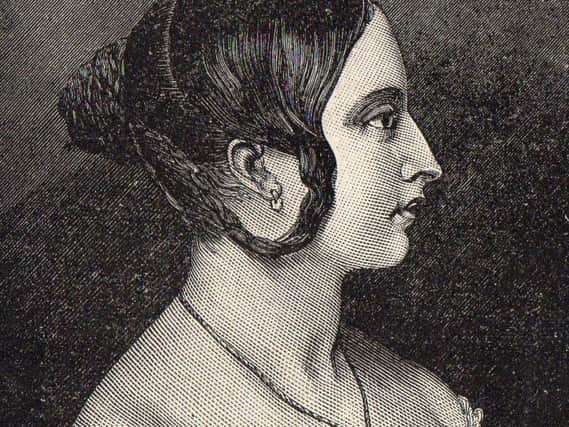Preston workmen find greatest Viking silver treasure trove in Britain


It is usual when the coroner’s court sits that a death has occurred and the inquest jury have to consider the circumstance.
However, in mid-August 1840 that was not the case as Coroner John Hargreaves conducted an inquisition at the Bull Inn in Preston. The court was conducted under the provisions of a statute of Henry I, which directed that when any treasure was found, the Coroner shall summon a jury to inquire into the circumstances of the find, and ascertain whether the treasure belongs to the Crown.
Advertisement
Hide AdAdvertisement
Hide AdThe court heard that in mid-May 1840 great excitement had been created when a number of workmen, employed in repairing the embankment of the River Ribble, at Cuerdale, had during their operations uncovered a buried treasure. It was contained in a leaden chest, which, however, had become so decayed and corroded, that it broke asunder in their attempts to extract it from the ground and the enclosed valuables began to pour out. The workmen, overjoyed at their discovery, cried out with delight and their excitement was overheard by the keeper of the nearby Cuerdale Hall, who hurried to see what the commotion was.
The men were on their knees around the treasure and in the midst of a general scramble to pocket the untold riches. The keeper, however, soon gave them to understand that they must leave the treasure untouched. Consequently, although the odd coin had been plundered the treasure was forthwith collected and by late evening was deposited in the bank of Messrs. Pedder & Fleetwood.
To everyone’s astonishment it was reckoned the treasure consisted of up to 8,000 coins from the reigns of Ethelred, Alfred, and Edward the Elder, along with large ingots of silver, bracelets, bridle bits and rings making up to 1,000 items.
It was thought the treasure had been buried up to 1,000 years earlier. Some of the Anglo-Saxon coins having dates from 855AD.
Advertisement
Hide AdAdvertisement
Hide AdThe land where the treasure trove had been discovered belonged to William Assheton of Downham Hall, near Clitheroe, and his claim to the bounty saw him represented by John Addison, whilst the Solicitor-General represented Queen Victoria. It was stated that the total weight of silver was 1,265 ounces with a market value of £285 – the equivalent of £28,000 in today’s money according to the Bank of England inflation calculations. Although in reality the ornamental value of many of the silver items and their antiquarian market value made the trove many times more valuable.
The Attorney- General contended that the find was treasure trove and as it was bullion found in the ground, the owner unknown, they belonged to the Crown. Mr Addison claimed that there was no evidence that the haul had been buried and that it could have been abandoned.
The chest could possibly even have been washed ashore and covered with sand down the centuries, therefore the Crown had no claim to the property, which rightly belonged to the lord of the manor Mr Assheton.
After a long and able summing up, the jury retired to consider their verdict. After about 15 minutes the jury returned and the foreman delivered the following verdict-”We find the articles are the property of Her Majesty in right of her Duchy of Lancaster, as treasure trove.”
Advertisement
Hide AdAdvertisement
Hide AdIt was expected that as the Attorney-General John Campbell, had promised earlier that the treasure would be distributed amongst the public collections in the county. What became known as the ‘Cuerdale Hoard’ – the greatest silver Viking treasure ever found in Britain – was indeed distributed within the Duchy of Lancaster and the Harris Museum in Preston is the present day keeper of 88 coins that were buried circa 905AD.
A display of a number of the ‘Cuerdale Hoard’ items were exhibited in the Museum of Lancashire prior to its closure.